Evolution of Chess Pieces, Boards, and Clocks in Matches
The realm of chess, renowned for its intellectual depth and strategic prowess, has witnessed the evolution of not only its players but also the equipment that accompanies the grandest championship matches. From the 19th century to the present day, the transformation of chess pieces, boards, and clocks in these matches reflects a captivating tale of tradition, innovation, and the interplay between the two.
Types of Chess Pieces: An Evolution of Form and Function
The origins of chess date back over a thousand years, but it wasn't until the mid-19th century that the Staunton design revolutionized the appearance of chess pieces. Named after the celebrated English chess player Howard Staunton, this design aimed to enhance gameplay by offering clear distinctions between pieces while ensuring their practicality. The Staunton pieces, with their well-defined forms and standardized heights, became a cornerstone of modern chess.

Over the decades, various materials have shaped the evolution of chess pieces. The 19th century saw elaborate hand-carved pieces crafted from exotic woods, bone, and ivory, showcasing the artistic craftsmanship of the era. However, societal changes and ethical concerns led to the decline in the use of ivory, prompting the rise of plastic pieces in the mid-20th century. This shift marked a departure from the ornate and the embracing of mass-produced, affordable, and durable alternatives.
Chess Boards: From Aesthetics to Precision
The evolution of chess boards is a testament to the intricate dance between aesthetics and functionality. In the 19th century, boards were often prized possessions, crafted from luxurious materials such as rare woods, marble, and ivory. These ornamental boards not only served as functional game surfaces but also celebrated the artistic prowess of their creators.
The transition from the 19th to the 20th century brought a shift towards standardized designs that prioritized precision. Algebraic notation, a notation system that facilitated the recording of moves, gained prominence, necessitating boards with distinct squares and coordinates. Tournament standards emerged, culminating in the iconic dark and light squares arrangement that is now ubiquitous. Despite this shift towards uniformity, wooden boards with intricate inlays continued to be cherished for their aesthetic appeal, especially in championship settings.

Chess Clocks: The Metamorphosis of Time Management
The introduction of chess clocks in the late 19th century redefined the nature of chess matches, introducing an element of urgency and time management. Prior to clocks, games could stretch on for days, as players pondered their moves without temporal constraint. With the advent of chess clocks, players were allotted a specific amount of time, adding a dynamic layer to the game.
Early mechanical clocks required players to physically manipulate buttons to halt and restart the opponent's clock, a process that occasionally led to disputes and inaccuracies. The mid-20th century witnessed the advent of digital clocks, marking a turning point in timekeeping precision. These digital timekeepers allowed for programmable time controls, time increments per move, and more accurate time allocation, thereby reducing the chances of disagreements and enhancing the competitive nature of championship matches.
Bridging the Past and the Present
As we traverse the timeline of chess championship equipment, we uncover a captivating narrative of evolution. From the intricately carved ivory pieces of the 19th century to the sleek Staunton designs of today, from opulent boards to precision-engineered playing surfaces, and from the urgency of mechanical clocks to the sophistication of digital timekeepers – each transformation echoes the changing landscape of chess culture and technology.
These evolutions, while reflecting the demands of modernity, pay homage to the legacy of the game's history. They weave a narrative that bridges the past and present, showcasing how championship matches have been enriched by the evolution of chess pieces, boards, and clocks. Every move made on these boards, under the gaze of intricately designed pieces, and within the constraints of precisely measured time, becomes not just a strategic manoeuvre but a connection to the rich tapestry of chess heritage.
The chess championship arena is not only a stage for brilliant minds but also a canvas upon which the evolution of chess set equipment has unfolded. From the choice of materials for chess pieces, boards, and clocks to the historical context in which they were used, this journey takes us through a rich tapestry that spans centuries, bridging players, eras, and cultures.
19th Century - Elaborate Carvings:
The 19th century was characterized by exquisite craftsmanship, witnessed in the intricate carvings of chess pieces. The materials of choice included precious ivory, intricate bone, and luxurious woods like rosewood and ebony. Ivory, in particular, was favoured for its smoothness and malleability, allowing for intricate detailing that showcased the artistic prowess of the carvers.
Players of Note: The legendary Howard Staunton, for whom the Staunton design was named, graced this era. His matches were played on ornate sets, featuring elaborately carved pieces that exemplified the exquisite craftsmanship of the time.
20th Century - Rise of Plastic: As concerns over ethical sourcing and conservation mounted, plastic emerged as a practical alternative. The mid-20th century saw the popularity of plastic pieces due to their affordability, mass production capability, and durability. This shift marked a transition from the ornate to the utilitarian, with plastic enabling a wider accessibility to the game.

Players of Note: Bobby Fischer, an American prodigy, and Boris Spassky, a Soviet grandmaster, faced off in the iconic 1972 World Chess Championship. Their match, played with plastic pieces on a wooden board, captured the world's attention amidst the political backdrop of the Cold War.
19th Century - Opulent Craftsmanship: Chess boards in the 19th century were not merely playing surfaces but elaborate works of art. Crafted from a variety of materials, including exotic woods, marble, and ivory, these boards featured intricate inlays and luxurious finishes that added an aura of opulence to the game.
Players of Note: The immortalized match between Wilhelm Steinitz and Emanuel Lasker, two giants of the late 19th century, unfolded on ornamental boards that showcased the grandeur of the Victorian era.
20th Century - Standardization and Precision: The transition to the 20th century witnessed a shift towards standardization driven by algebraic notation and the need for consistent tournament play. This era saw the emergence of standardized square arrangements, particularly the dark and light squares that are now synonymous with the game.
Players of Note: The Cold War rivalry between Anatoly Karpov and Garry Kasparov unfolded on standardized boards. Their matches, which spanned the 1980s and early 1990s, showcased the culmination of this era's efforts to balance aesthetics with precision.
19th Century - Mechanical Beginnings: The late 19th century introduced the concept of chess clocks, offering a mechanism to control gameplay time. Mechanical clocks required players to manually stop and start the opponent's clock, a process that occasionally led to disputes and inaccuracies.
Players of Note: Wilhelm Steinitz, the first recognized World Chess Champion, was one of the early proponents of chess clocks, having participated in matches that utilized these mechanical timekeepers.
20th Century - Digital Revolution: The digital era saw the transformation of chess clocks into sophisticated time management tools. Digital clocks allowed for programmable time controls, precise time increments, and reduced the chances of disputes.
Players of Note: The famous "Match of the Century" between Boris Spassky and Bobby Fischer, played in 1972, employed mechanical clocks that heightened the intensity of their Cold War rivalry.



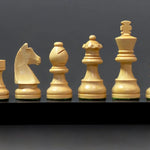
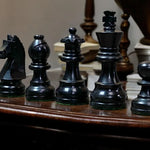
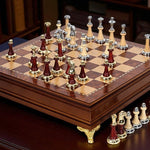
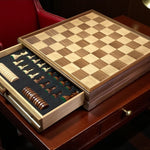
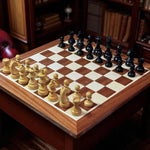
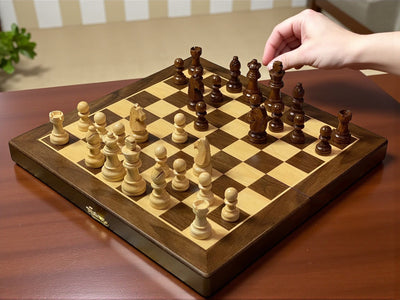
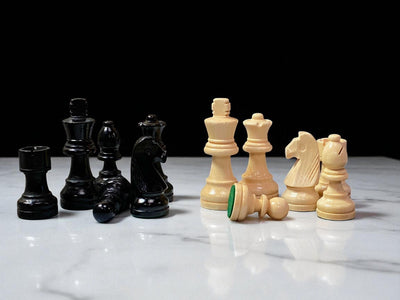
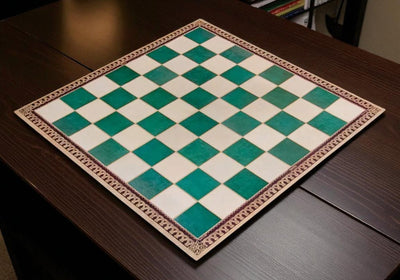
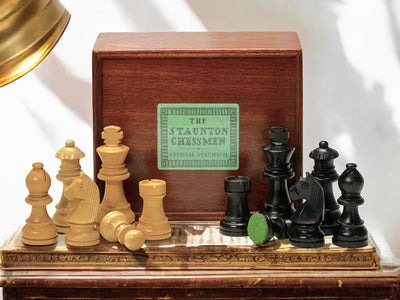
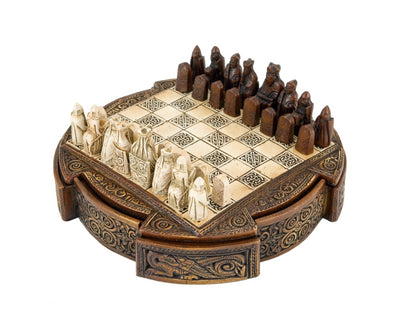
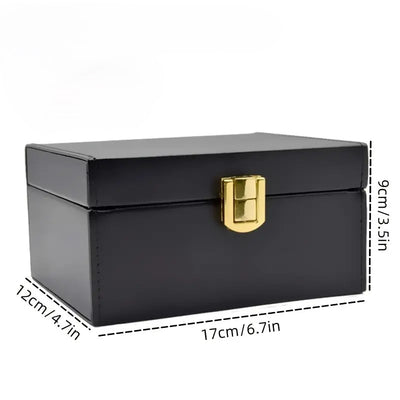
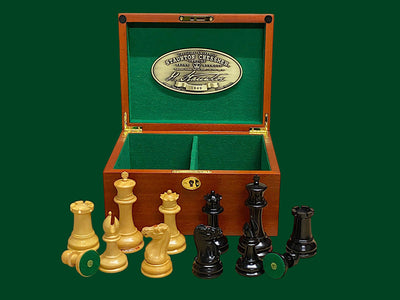
Leave a comment